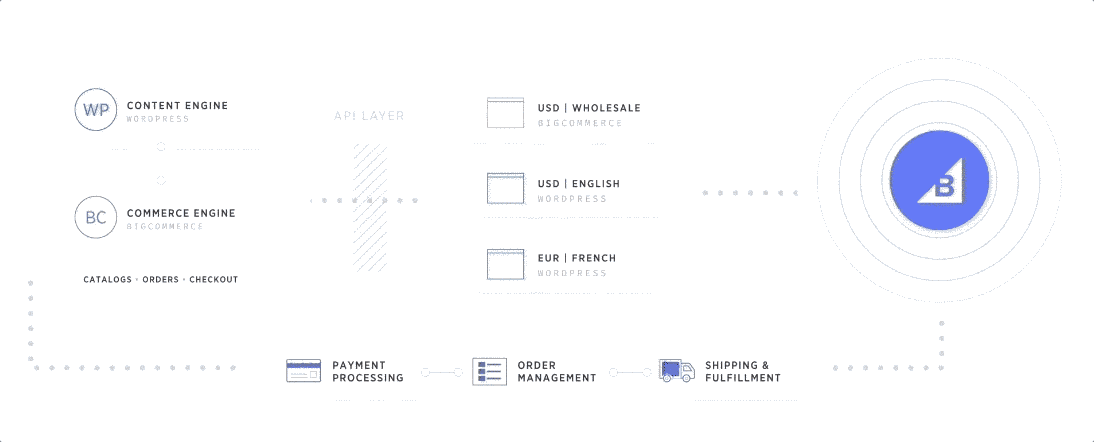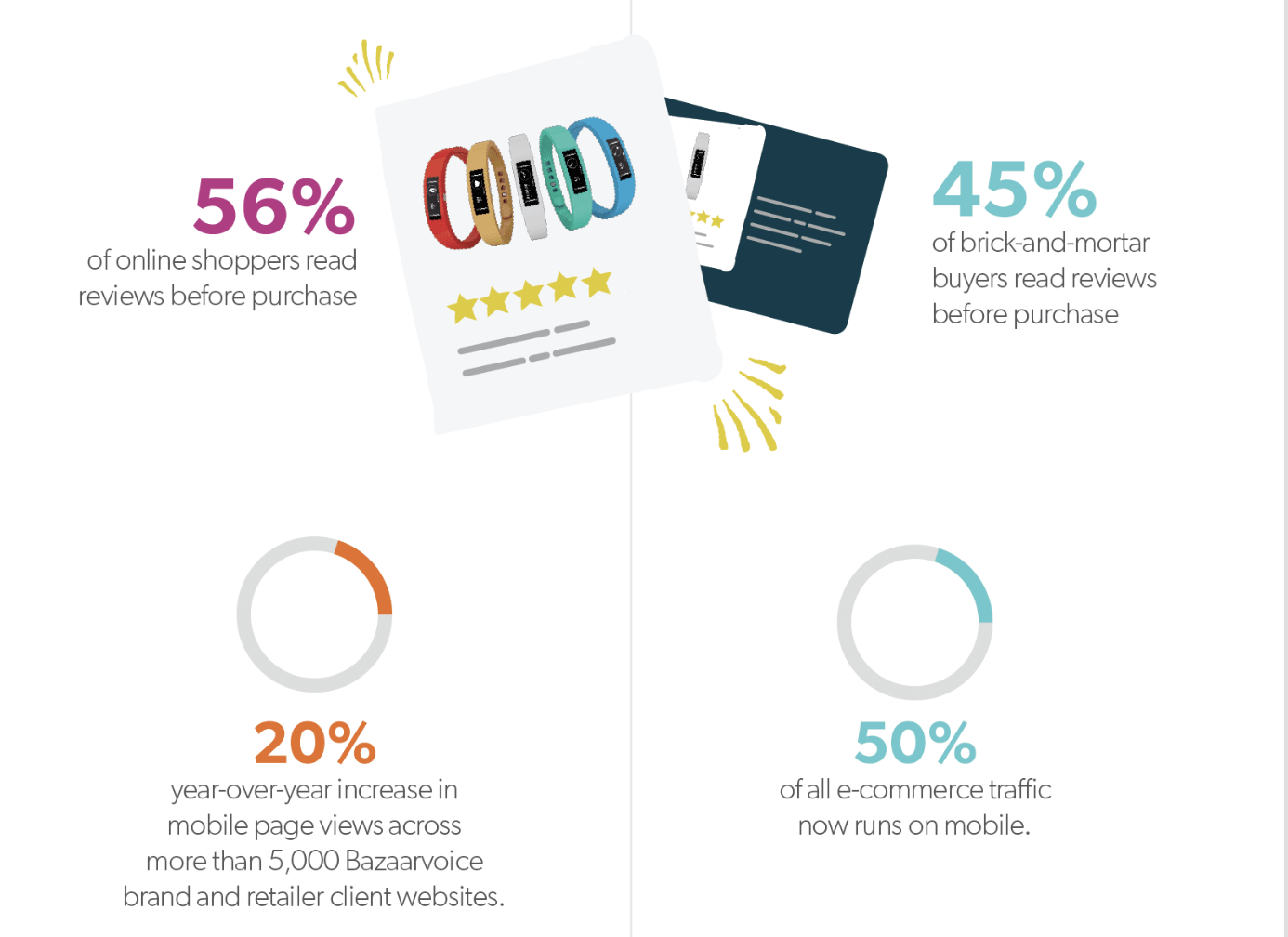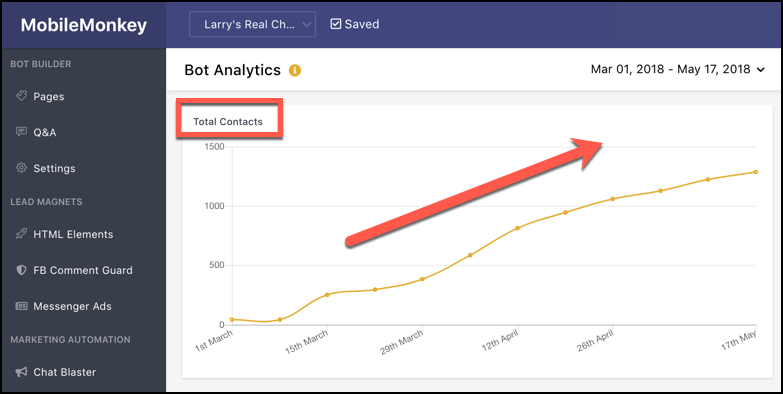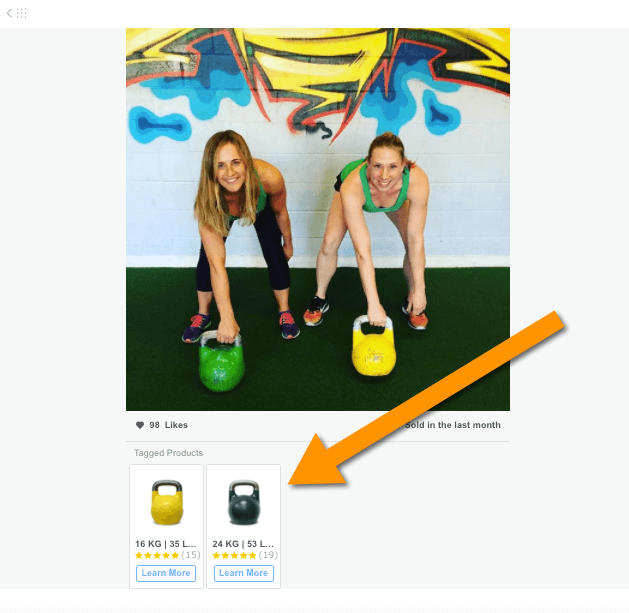Keeping up with the latest trends is a must for any business, but ignoring technology trends in the digital world is the matter of staying in business.
Unfortunately, those trends (while easy enough to find mentioned online) are rarely explained well. There seems to be this mistaken idea that anyone who has an interest or need in the practice will just magically get the jargon. As we all know, that is one superpower that doesn’t exist in the real world.
The Stats
It can be easy to throw your hands up in defeat and ignore the trends in favor or the old familiars you have already worked out and employed. But is that really the direction you want to go? There is one statistic you should know about ecommerce:
Statista has estimated a profit growth up to $4.5 billion dollars by 2021.
With predictions like that, you can’t afford to be behind the times. It is time to step out of the comfort zone and start taking advantage of trends as they come. Especially since these four are going to be continuing well past 2018.
So here they are, in plain English, simplified and explained.
What is Headless eCommerce?
This is one of the most complicated terms out there, especially if you are pretty new to ecommerce world and how it works. Trying to find a way to break it down can get complicated, but the actual idea behind it is simple.
I want you to imagine a warehouse, filled with products in boxes. Forklifts are waiting to lift the merchandise off the shelf and get it sorted, packaged and shipped by the workers manning the shipping line.
Now imagine a store, such as Amazon. Customers can shop for the items they like on an easy to use, searchable database. They don’t see the warehouse with its many boxes, scrambling employees or moving machinery. They see a search engine, results and their shopping cart. It is inviting and friendly.
Headless ecommerce is the warehouse. It is everything that is happening in the background on a separate platform run through a cloud service. You run the business and technical end through that cloud platform. The storefront, like the Amazon website, is disconnected entirely.
[Headless ecommerce is] when you’re paying for a platform to manage your data and your orders, but you create the user interface that sits on top and makes everything look pretty.
Leader In This Trend
BigCommerce has quickly emerged as a go-to platform for headless ecommerce: Following the need for brands to turn their websites into “destinations driven by community, content and brand experiences”, headless ecommerce helps to accomplish the task by providing increased flexibility, marketing effectiveness and personalization options.

Headless commerce architecture is the decoupling of the front-end presentation layer from the ecommerce platform, typically resulting in more flexibility in content management and delivery, as well as UX…
Remember: ecommerce currently makes up only 13% of total global sales. As that number increases, brands will look to new, quick to test and implement, strategies that enable growth long-term.
What is ROPO (“Research Online, Purchase Offline”)?
You are in a store and you see the new 4k TV you have been eyeing for months. The tag is claiming that it is on sale for 15% less than usual. What a steal! But is it really?
Being the savvy consumer you are, you whip out your smartphone and do some Googling. According to what you find, you can get the same TV for 20% cheaper if they go to a different store just five miles away, including free shipping.
This is the heart of ROPO, or Research Online, Purchase Offline. Customers have been following a consistent trend of researching online both at home and on their phones before they make purchases.
In fact, the more tech-savvy the consumers become, the more of them showcase the ROPO behavior (that’s exactly what 2018 research shows).
Integrating your ecommerce strategy with your local brick and mortar is absolutely crucial. That includes keeping customers up to date about sales, having prices on site for products, offering coupons and allowing ordering online for instore pickup.

Leader In This Trend
Omnia is one of few marketing automation companies that offer ROPO analysis and integration solutions:
- Import your online and offline sales into a single system
- Identify the ROPO differences between different products
- Adapt your Adwords bids
- Adapt your prices based on customers’ conversations
What is Conversational Marketing?
Once upon a time, a study by Twilio found that 90% of consumers wanted to use messaging (i.e. Facebook Messenger, texting, etc.) to communicate with businesses.
Shortly after businesses have realized that one-to-one conversation is not only doable but also scalable. You can teach a machine to talk to your clients on your behalf and escalate that conversation to a human support team in case it needs more personalized attention.
That is what conversational marketing is all about. You are having a conversation and learning what the customer wants, while offering them answers to their questions.
Leader In This Trend
Chatbots have become increasingly sophisticated. Platforms like MobileMonkey also make them easy to customize.

Adding a chatbot to your marketing strategy is a great idea for simple questions and information your customer may have. It also frees you and your employees up for the heavier (social) lifting.
What is Shopping Natively / Social Commerce?
Allowing your customer to shop natively means offering your product range right inside major social media platforms.
In other words, social commerce is defined as the ability to make a product purchase from a third-party company within the native social media experience.
It requires integration with a buying platform, which is often built right into the social platform itself. But it also allows to tap into the platforms’ existing communities allowing them to buy from you without the comfort of their social media homes.

Leader In This Trend
It started with Facebook and Pinterest but these days Instagram is the leader in providing the most effective native shopping platform. Add your products right there to generate more sales from within social media networks.
Do you have a trend you want to share? Let us know in the comments!